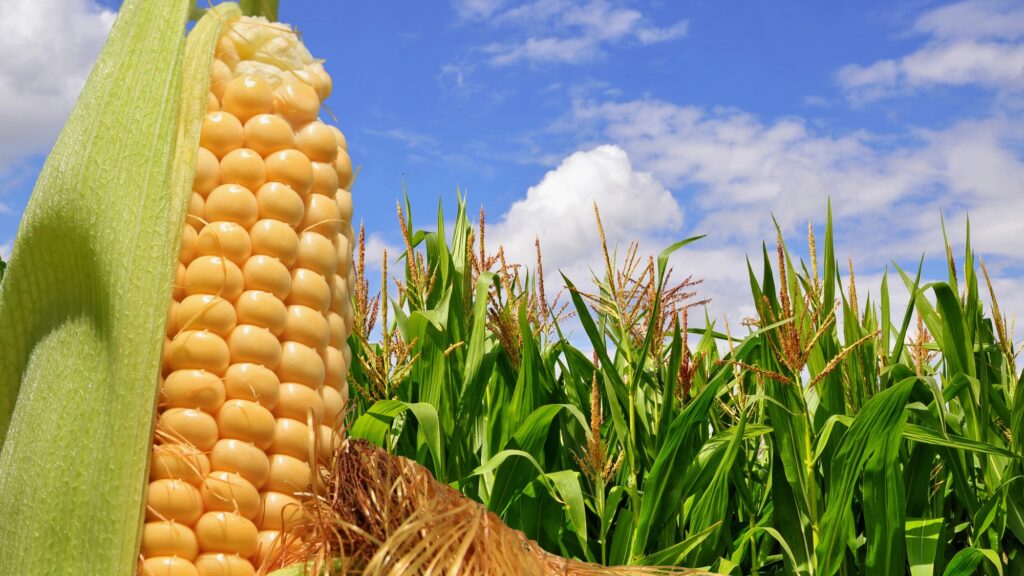
Researchers at Zhejiang University in China have uncovered a fascinating defense mechanism employed by maize (Zea mays) when it finds itself in crowded conditions. The study indicates that corn plants release a gas known as linalool, which serves to protect them and neighboring plants from pests and diseases.
The research team examined how high-density planting affects maize’s response to external threats, such as insects and microbial pathogens. By analyzing volatile compounds in various maize test fields, they discovered that when corn plants are subjected to close quarters, they react similarly to how they would adjust their growth to optimize sunlight intake.
Once the maize senses increased competition for space, it emits linalool, a terpene alcohol recognized for its floral aroma, often found in perfumes and cleaning products. This release triggers a response in nearby corn plants, leading to an increase in the production of root hormones like jasmonate. In turn, these roots secrete benzoxazinoids, a class of compounds that can alter the soil’s bacterial community to fend off hungry pests.
Impact of Crowding on Chemical Defense Mechanisms
The findings, published in the journal Science, highlight a cascading chemical response that enhances the plants’ defenses. According to the research, within just three days of exposure to crowded conditions, maize plants significantly boosted their chemical defenses against caterpillars. Remarkably, these soil changes persist beyond the initial crop, helping subsequent generations of corn to resist not only caterpillars but also harmful soil pathogens and nematodes.
“Above a threshold concentration, linalool triggers a chemical response in the roots of maize plants,” the authors explained in a Perspective article accompanying their research. This alteration of the microbial community in the soil has lasting implications for plant growth and defense.
Despite the advantages of this natural defense mechanism, the study’s authors caution that crowded conditions also lead to reduced overall growth rates for maize. The plants divert more resources to defense, which may limit their growth potential. Nonetheless, the insights gained from this research could be instrumental in developing sustainable agricultural practices.
Future Applications for Sustainable Agriculture
The authors suggest that harnessing this natural defense pathway may lead to the breeding of more resilient crops that require fewer chemical inputs. Techniques such as microbial inoculants or advances in synthetic biology could enable farmers to cultivate crops that are better equipped to fend off pests without relying on harmful pesticides.
As agriculture faces increasing pressures from pests and changing environmental conditions, understanding the unique ways plants like maize respond to stress could pave the way for innovative farming strategies that promote sustainability and reduce chemical dependencies. This study not only sheds light on the intricate relationships within plant communities but also emphasizes the potential for adapting these findings to enhance crop resilience in the future.







